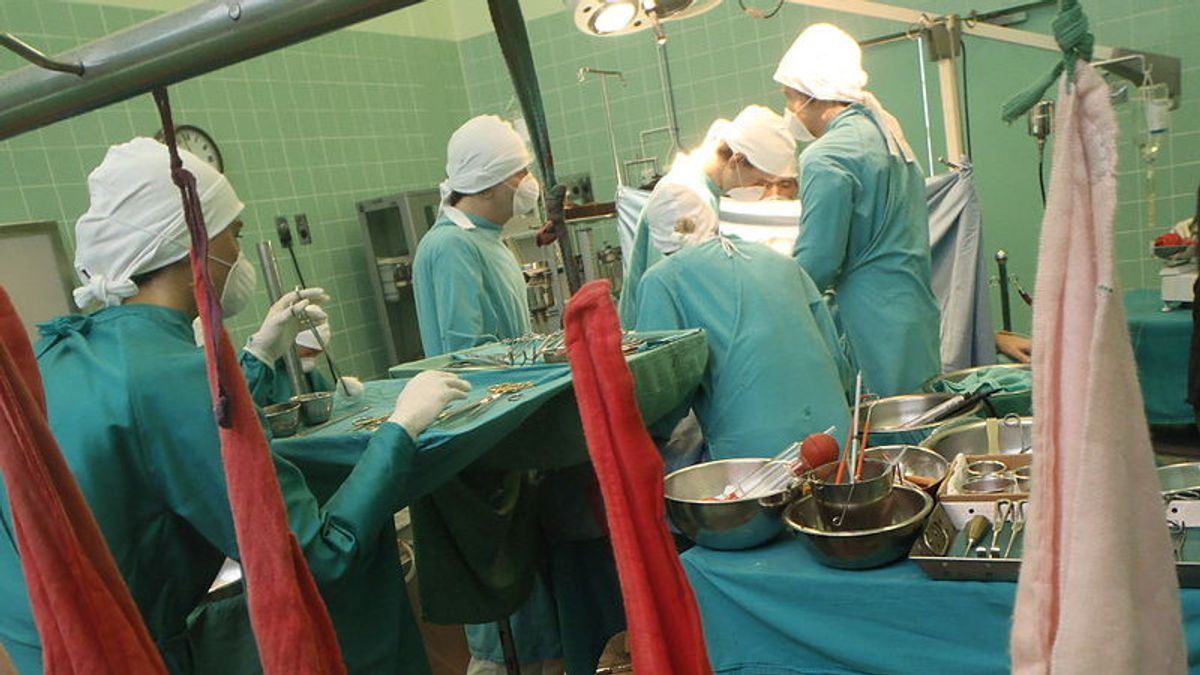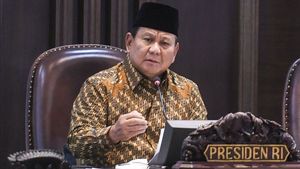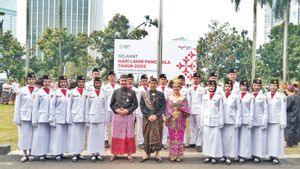JAKARTA - On December 3, 1967, a doctor from South Africa (South Africa), Dr Christiaan Barnard, performed the world's first human-to-human heart transplant at Groote Schuur Hospital, Cape Town, South Africa. The event pushed the boundaries of science into a new medical age.
Citing the journal The first human heart transplant and further advances in cardiac transplantation at Groote Schuur Hospital and the University of Cape Town, the man who received the heart transplant was named Louis Washkansky, aged 53. Washkansky was a grocer dying of chronic heart disease. She received a heart transplant from Denise Darvall, a 25-year-old woman who was seriously injured in a car accident.
Denise Darvall, suffered a severe head injury and was declared lethal brain injury with no chance of recovery. The neurosurgeon who treated her referred Denise Darvall as an organ donor.
At that time there were no laws relating to brain death and organ transplants in South Africa and Barnard chose not to take the risk. He invited the forensic pathologist into the operating room, where Darvall's ventilator was stopped.

Doctor Christiaan Barnard (Photo: Wikimedia Commons)
When the ventilator was turned off, Darvall's blood pressure continued to drop and his heart stopped. The medical examiner declared him dead, Barnard's assistant then quickly performed surgery, cooled the heart to a low temperature and removed it.
The operation started after midnight and the morning just before 6am, when the new heart in Louis Washkansky's chest was electrocuted. After regaining consciousness, Washkansky was able to talk and, at times, walk. Washkansky was also given medication to suppress his immune system and keep his body from rejecting his new heart.
Unfortunately, these drugs also make them susceptible to disease. Until 18 days later, Washkansky died of pneumonia. Despite the setbacks, Washkansky's new heart functioned normally until his death.
Second operationBarnard performed his second operation on a 59-year-old dental surgeon named Philip Blaiberg. The operation was performed on January 2, 1968. On this occasion, the surgical technique was slightly modified from the approach developed in dogs by Shumway and the Stanford group.
Blaiberg went through the surgery successfully and was the first heart transplant patient to leave the hospital. The media attention was huge and he returned to normal life for months. Blaiberg's success led to optimism that heart transplantation was a valuable treatment option.
But Blaiberg died 19 months after his transplant. His autopsy showed severe and widespread coronary artery disease. This is the first instance of transplantation of coronary artery disease as the leading cause of transplant failure after the first year post-transplant.
Even though Washkansky only lasted 18 days and Blaiberg died 19 months later, that hasn't stopped efforts to develop a heart transplant. Four of Groote Schuur Hospital's first 10 patients survived for more than a year, two lived for 13 and 23 years, respectively. This success is relative in the midst of many heart transplant failures around the world. The success of the transplant also generated a lot of optimism that a heart transplant would be a viable option.
Groote Schuur Hospital established the Heart of Cape Town Museum to honor those who played a major role in surgery. The operating theaters or Theaters A and B are original venues and have been redecorated to showcase an authentic representation of the world's first human heart transplant surgery.
*Read other information about TODAY's HISTORY or read other interesting articles from Putri Ainur Islam.
TODAY'S HISTORY MoreThe English, Chinese, Japanese, Arabic, and French versions are automatically generated by the AI. So there may still be inaccuracies in translating, please always see Indonesian as our main language. (system supported by DigitalSiber.id)












